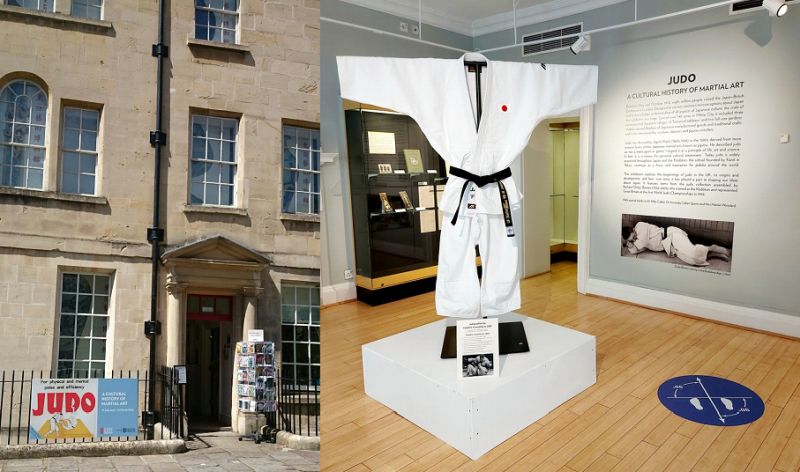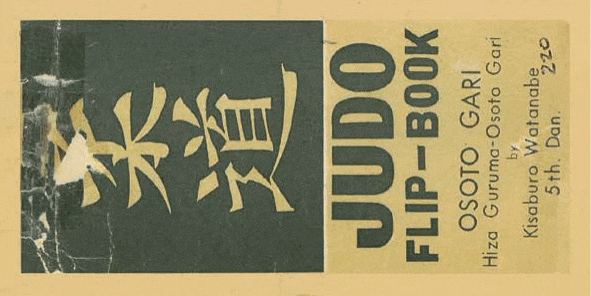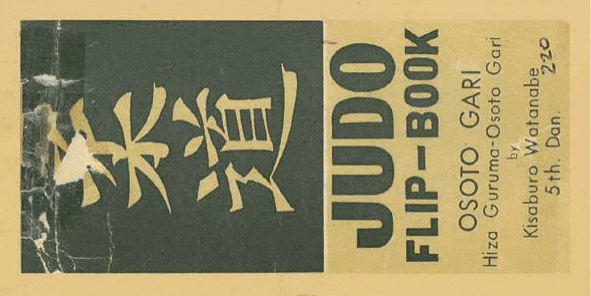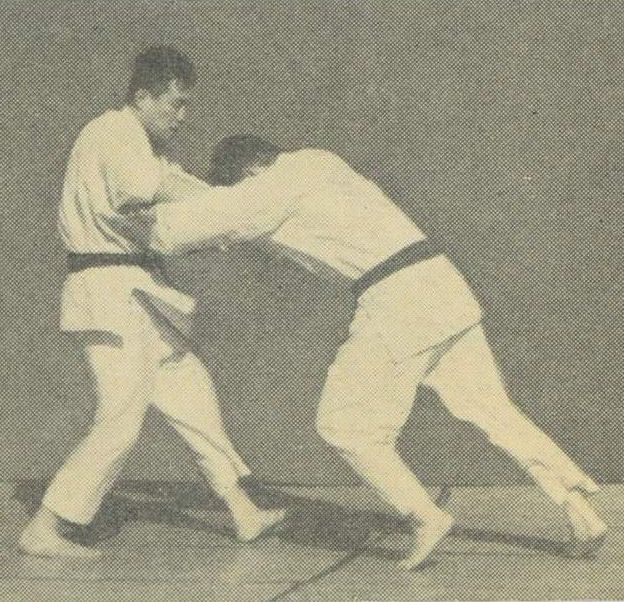With the help of Dr Mike Callan, and a bit of digital magic, Lizzie Richmond brings movement back to some historic judo throws.

The 2020 Olympic Games provided the perfect opportunity to raise the visibility of our Bowen Collection and explore the themes it represents further. At a time when most of the world was looking towards Tokyo and thinking about sport, we planned an exhibition to tell the story behind UK judo and the role it has played in shaping our understanding of and attitude towards Japanese culture.
Judo became an Olympic sport in 1964 and has been a Paralympic sport since 1988. As the world’s best-loved martial art, it has a strong international profile, with participation at all levels and ages on a global scale. Beyond this, judo’s inventor Jigoro Kano (1860-1938), regarded it as a way of life, a route to personal wellbeing and the betterment of society.
Hosted by the Museum of East Asian Art in Bath city centre, the exhibition featured personal artefacts of Gunji Koizumi (1885-1965), founding father of UK judo, letters written from Japan by Sarah Mayer (1896-1957), the first European woman to train at the Kodokan, records relating to the foundation of the Budokwai, the UK’s oldest judo club, posters promoting the earliest martial arts displays, programmes relating to a wide range of national and international judo competitions, and the first judo manuals published in English.
We also included copies of a judo ‘flip book’ for exhibition visitors to interact with, and, since movement is key to judo, having reproduced it, we couldn’t resist digitally reanimating its contents.


Designed to aid instruction and practise, the book shows Kisaburo Watanabe (1936-2019) demonstrating judo throws. Widely respected for his excellent technique, Watanabe won the Asian Games in 1957 and instructed at the Budokwai between 1962 and 1967. Later, he worked at the Nippon Budokan, the judo venue for both the 1964 and 2020 Tokyo Olympic Games.
In 2002 Watanabe led a Japanese university representative team visit to the University of Bath. He taught the combination technique for which he was famous, hiza-guruma into o-soto-gari, demonstrating the way he fooled his opponent into thinking they would be thrown to the front, before using their reaction against them to launch them flat on their back.
Watanbe had an important and lasting influence on judo in the UK and is still spoken of fondly by all those he taught. It was a privilege and great fun to bring this little piece of judo history back to life.
